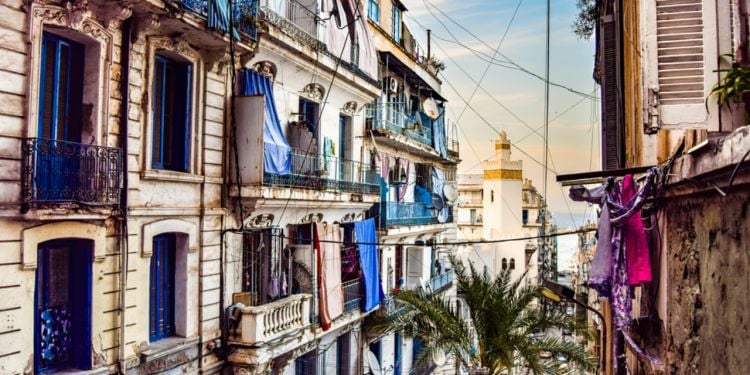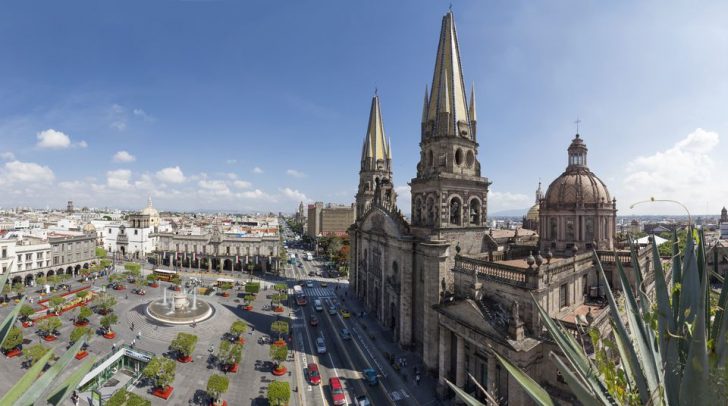A Tourist Hotspot or an Authentic Experience?
Jingan Temple is a popular tourist attraction located in the heart of downtown Shanghai. As one of the oldest temples in the city with a history dating back over 1700 years, it draws large crowds daily. However, for those seeking a more local experience off the beaten path, Xiahai Temple near Tilanqiao Metro Station provides an alternative option.

The Revived Architecture of Jingan Temple
Originally constructed during the Eastern Jin dynasty in AD 318, Jingan Temple has undergone significant reconstruction over the centuries. Destroyed during the Cultural Revolution, the present structure was rebuilt in the 1980s combining Chinese and Tibetan Buddhist architectural elements. Housing over 500 statues of Buddha and Bodhisattvas, its interior is lavishly decorated. However, its true significance lies in being the sole surviving showcase of Shingon Buddhism in China. A largely forgotten school following the destructive Huichang Persecution, Shingon Buddhism was revived in Shanghai by monk Chisong during the Republican era. He established Jingan Temple as its center, restoring esoteric Vajrayana rituals like those performed by ancestors Vajrabodhi and Amoghavajra who introduced the tradition to China from India in the Tang dynasty. Statues here depict Wisdom Kings in their wrathful forms, distinct from other Chinese temples influenced by Zen Buddhism.
An Authentic Slice of Local Life
In contrast to the grand tourist site, Xiahai Temple nestled in a narrow historic alleyway offers a glimpse into everyday Shanghai life. Construction of this modest complex dates to the Ming dynasty in the 14th century. Unpretentious both inside and out, its simple halls are ordinarily near empty save for occasional worshippers. What makes it truly special is the lively neighborhood enveloping it. The winding streets are lined with stalls selling fresh produce, durian fruit, and hangzhou noodles. Live fish and crabs fill bamboo baskets awaiting customers.Stopping to sample street snacks like xiaolongbao dumplings, one easily gets immersed in the locality.
A Vegetarian Oasis Hidden Within
A surprise awaiting visitors is the vegetarian canteen located adjacent to Xiahai Temple. Originally meant solely for monks, now it welcomes all. Walking through its doors is like entering a tranquil oasis, with guests seated on wooden benches overlooking a central garden. The spotless kitchen tucked behind glass partitions prepares meals using sustainable ingredients. Tender braised tofu and vegetable soups simmer in large pots, while steamed buns stuffed with mixes of shiitake mushrooms and cabbage sit in bamboo racks. Opting for the picture menu, one picks dishes such as laver seaweed salad or green bean stir fry to enjoy at low prices. It’s a rare find - an authentic taste of Buddhist modest fare in the heart of a bustling metropolis.
Preserving Cultural Heritage Amid Modernization
As Shanghai rapidly modernizes with skyscrapers towering over historical districts, preserving its cultural heritage becomes increasingly important. Both Jingan Temple and Xiahai Temple play their part, though in different ways. The former acts as a guide into religious practices introduced to China from abroad long ago. Renovated while maintaining original architectural elements, it has evolved into an educational tourist landmark. Meanwhile Xiahai Temple continues quietly serving locals as it has for centuries. Unchanged, it stands as a reminder of traditions in danger of disappearing. Though small, its presence keeps alive intangible aspects of culture from flavors to rituals in a neighborhood undergoing transformation.
Conclusion - Something for Everyone
Whether one’s interests lay in history, architecture, authentic experiences or leisurely exploration - both these temples have something unique to offer. Jingan Temple impresses with grandeur, statues, ornate halls and significant religious background. While low-key Xiahai Temple immerses one in everyday Shanghai life through its vibrant streets, simple interiors and hidden vegetarian oasis.
So while the former undoubtedly appeals more to tourists, those seeking something off the beaten path will find the latter culturally insightful. With different strengths, visiting both provides well-rounded perspectives into the religious and cultural fabric of the city.

 An Insider's View of Life in Algeria
An Insider's View of Life in Algeria